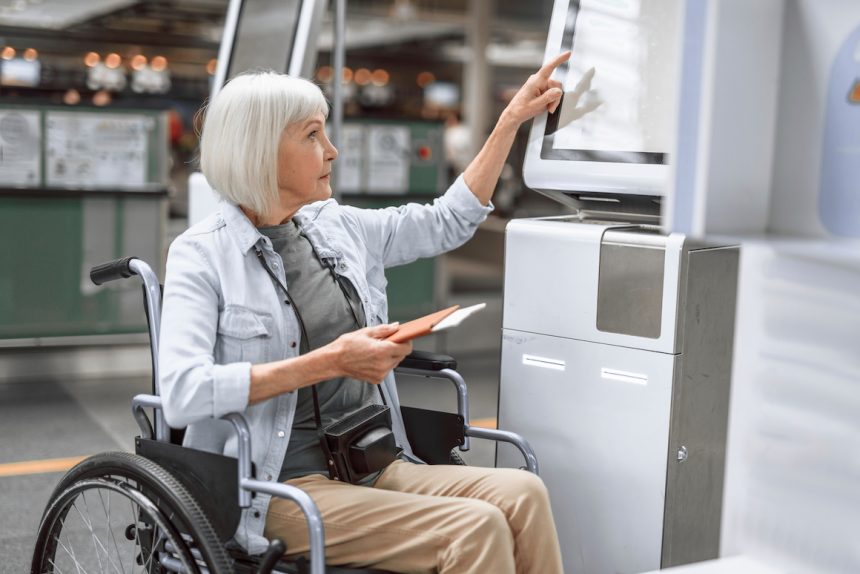Mark Raymond, Jr., settled into his airline seat, prepared for takeoff, when he witnessed a shocking sight out the window. “We saw my wheelchair fall off the conveyor belt,” he recounted.
Since that incident, Raymond, who became unable to walk after a shallow diving accident in 2016, has become an advocate for himself. He educates airline and transportation staff on how to handle his wheelchair, transfer him onto the aisle chair, and safely transport his wheelchair to his destination.
“I don’t rely solely on their training,” he stated, emphasizing the importance of communicating his needs with patience. He is also the CEO and founder of the Split Second Foundation, a New Orleans-based organization that supports families affected by disabilities.
In 2022, the National Household Travel Survey revealed that out of 18.6 million Americans aged 5 and older with self-reported travel-limiting disabilities, nearly half (41% or 7.7 million) were aged 65 and above.
For individuals in this group, resources like Raymond’s Split Second Foundation, various government programs, and advice from experts like Raymond are invaluable for making travel more accessible and enjoyable.
Travel Resources and Information
Key resources, programs, and protections include:
Air Carrier Access Act (ACAA): This law prohibits airlines from discriminating against passengers with disabilities on flights to, from, or within the United States. It is enforced by the Department of Transportation and mandates accessible facilities and services for passengers with disabilities.
Train Travel: Trains also accommodate passengers with mobility needs. John Morris, a triple amputee, offers helpful tips for navigating various forms of transportation.
Traveling with Oxygen: The American Lung Association provides tips for traveling with oxygen, including guidelines for air, bus, train, and car travel. Proper arrangements, documentation, and safety precautions are crucial when traveling with an oxygen device.
Additional tips from accessibility consultant Mark Raymond and NCOA spokesperson Emily Nabors address various aspects of smoother travel for individuals with mobility challenges.
More Travel Tips
- Check if ride share companies at your destination have wheelchair-accessible vehicles.
- Verify accessibility of hotel rooms and public areas prior to booking.
- Plan well in advance, especially for accommodations related to mobility.
- Explore TSA Cares for services like expedited airport screening for older travelers.
- Refer to the NCOA for a comprehensive list of travel tips.
- Deaf, hard of hearing, or deaf-blind travelers should review Air Carrier Access Act requirements that pertain to them.
Your Turn
Share your travel tip for overcoming mobility challenges.

Kathleen Doheny is an independent journalist based in Los Angeles, specializing in health, fitness, and lifestyle topics. In addition to contributing to Senior Planet, she writes for various health websites and enjoys outdoor activities like hiking and jogging.
This article is provided by Senior Planet and Older Adults Technology Services for informational purposes only and should not replace professional medical advice. Always consult a healthcare professional for medical concerns. In case of emergency, call 911.






